15 Tips for Teaching Child Dressing Skills
We all know that getting children dressed in the morning can sometimes be a time-consuming task that seems to never get easier. Kiddos love to wiggle and move, so staying still and focusing on dressing skills can become a challenge. Or maybe your little one can stay in one place while you help them get dressed, but you’d like to help your child learn how to dress themselves! Our amazing occupational therapy specialists at Milestone Therapy have tons of strategies you can use to help your kiddo dress themselves and save time in the morning!
Here are 15 tips that can help your child become more independent and willing to complete dressing tasks. These can be completed individually or in combination.
Dressing is a process and some days go smoother than others, so don’t worry, it will come!
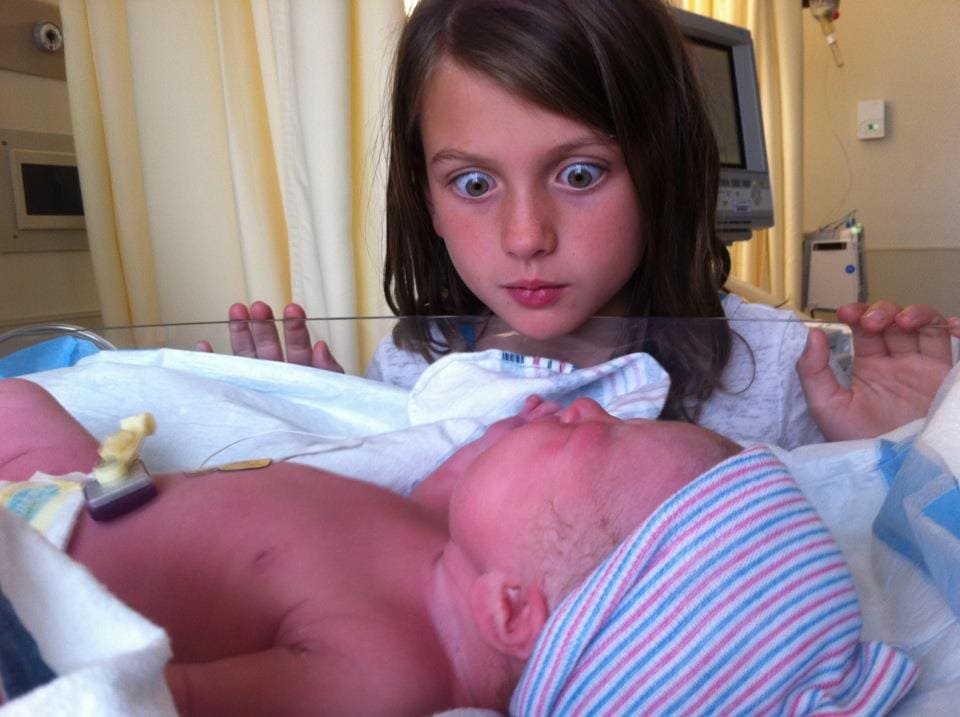
Give your child options to learn self-dressing skills
Sometimes it can be a power struggle and there are refusal behaviors. Giving your kiddo options for them to choose from will help them get the task done. This also gives you more control and structure with the task. Choose 2-3 options to give your child, depending on their understanding, to make the process easier!
Give your little one options for items of clothing. For example, you can say “Do you want to wear your red shoes or blue shoes? Which costume, pirate, unicorn, or princess? Dress or pants?
Let them choose which item goes first. “Shirt first or pants first? Underwear or pants first?” This also helps with sequencing!
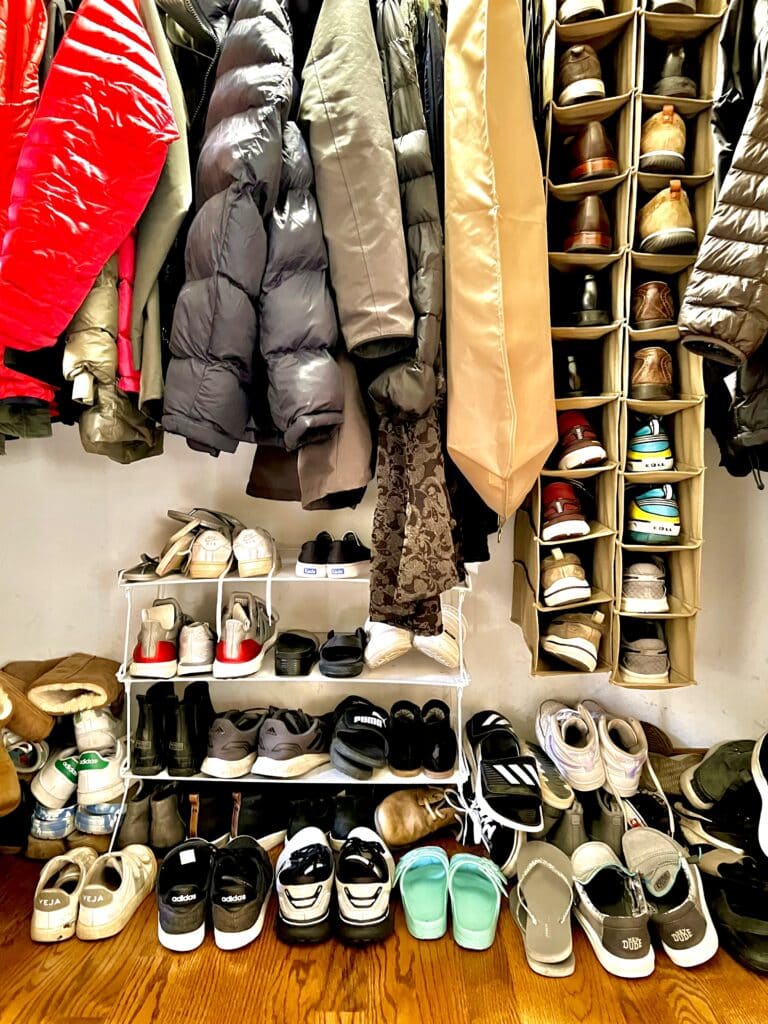
Use first-then language when teaching dressing skills
This technique is helpful for transitions throughout the day as well. It shows kids the expectations of what they are supposed to do, then follow up with the next task, particularly if it is a preferred activity. Try and keep the language simple with 1-2 step tasks. You can say, “First get dressed, then go outside!”, “First pajamas, then read story.”, or “First socks, then shoes.”

Leave clothes in an awkward position to encourage self-dressing
This will help your kiddo learn to perform the dressing task themselves, rather than let their grown-ups do the tasks for them. This teaches them to reach for their clothes themselves. For example, you can take their shirt halfway off, but leave it on over their head and covering their eyes. Be careful to keep your child in place so they don’t trip over their clothes or run into something when their eyes are covered! For socks, you can put them on between your kiddo’s toes or below their heel, then point it out to them. Another example is, you can pull up their pants but stop before their bottom.
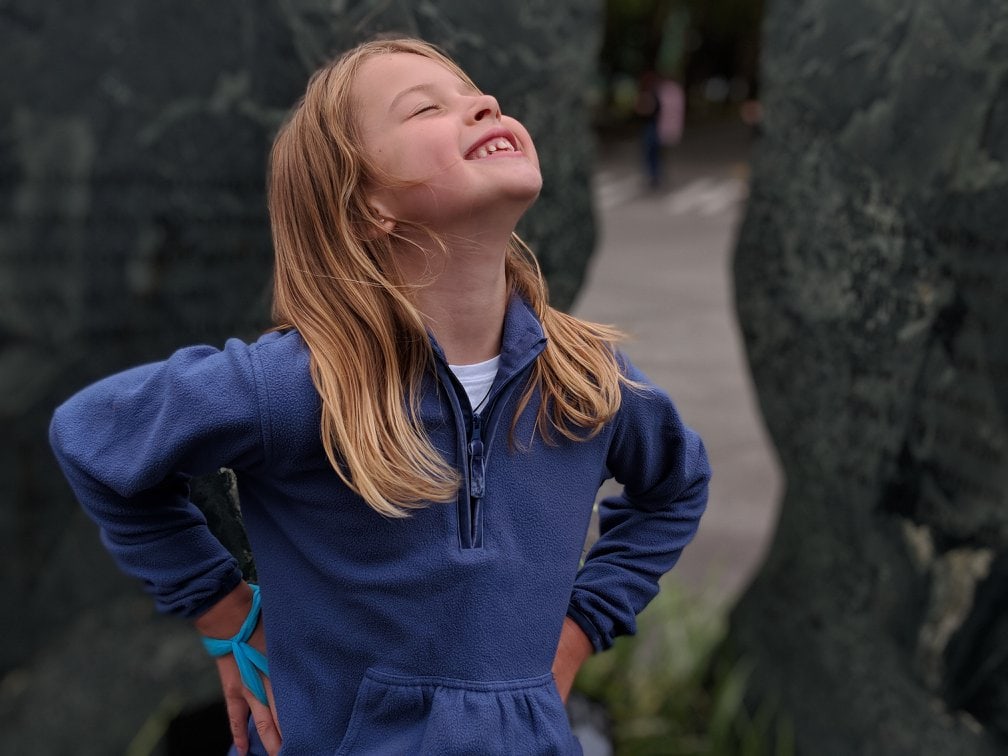
Guide their hands to coach dressing skills
Some little ones have trouble knowing where to put their hands to pull or adjust their clothes. You can help by moving their hands to position, even if it is Hand-Over-Hand, and pulling to show them where there is extra slack. You can do this with sleeves, the hood or back of their shirt, the lower pants leg, and at their waistband (show them how to use their thumbs!).
Alternate positions when teaching self-dressing
Some kiddos have decreased balance. This makes it hard for them to keep steady if they are lifting one leg while putting on their pants, or when their eyes are covered. You can offer support or show them a different position to help them keep their balance. Show your child how to stand while holding something to provide balance while they use the other hand to pull. You can show them how to sit and lift one side of their body up to pull their clothes before moving to the other side. Another option is to help them sit to initially put it on, then your kiddo can stand to get their clothes all the way up.
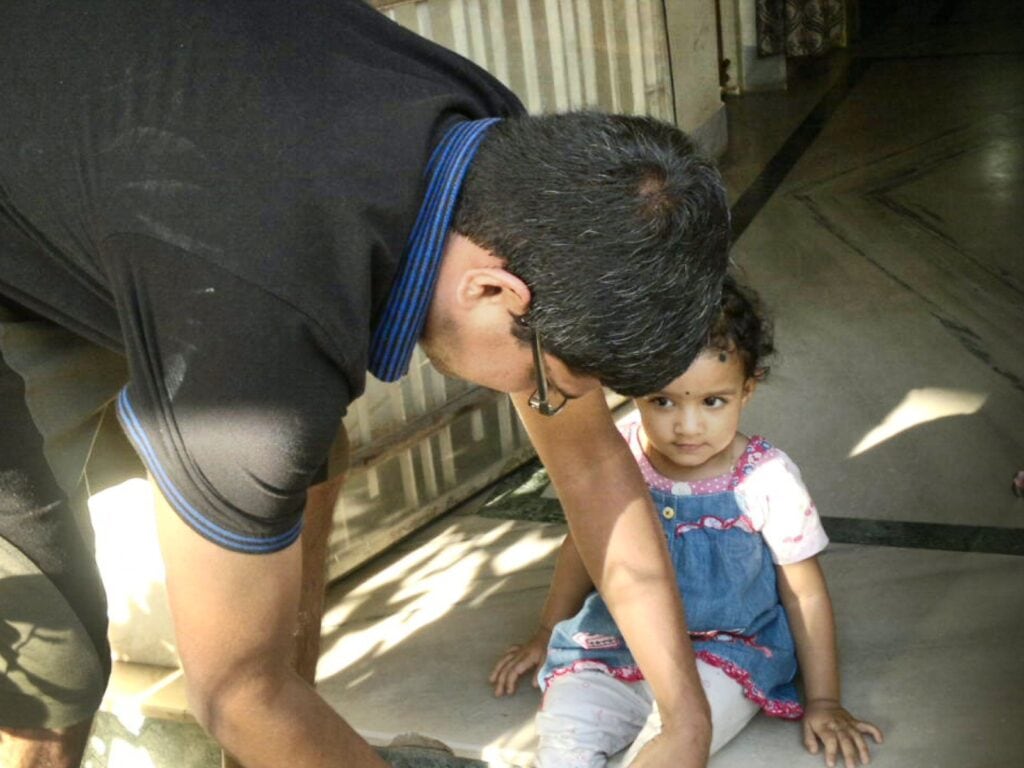
Make getting dressed fun and build confidence
Try stating something silly so your child can correct you! This makes them feel smart and they can teach you how to dress! It also makes the item of clothing coveted and more interesting so they want it. You can say, “Do I put the shirt over your head or on your toes?”, “Maybe this shoe goes on my head!”, or “Does the sweater go on me or on you? Can I fit my arm through this sleeve – oh no I am too big!”.
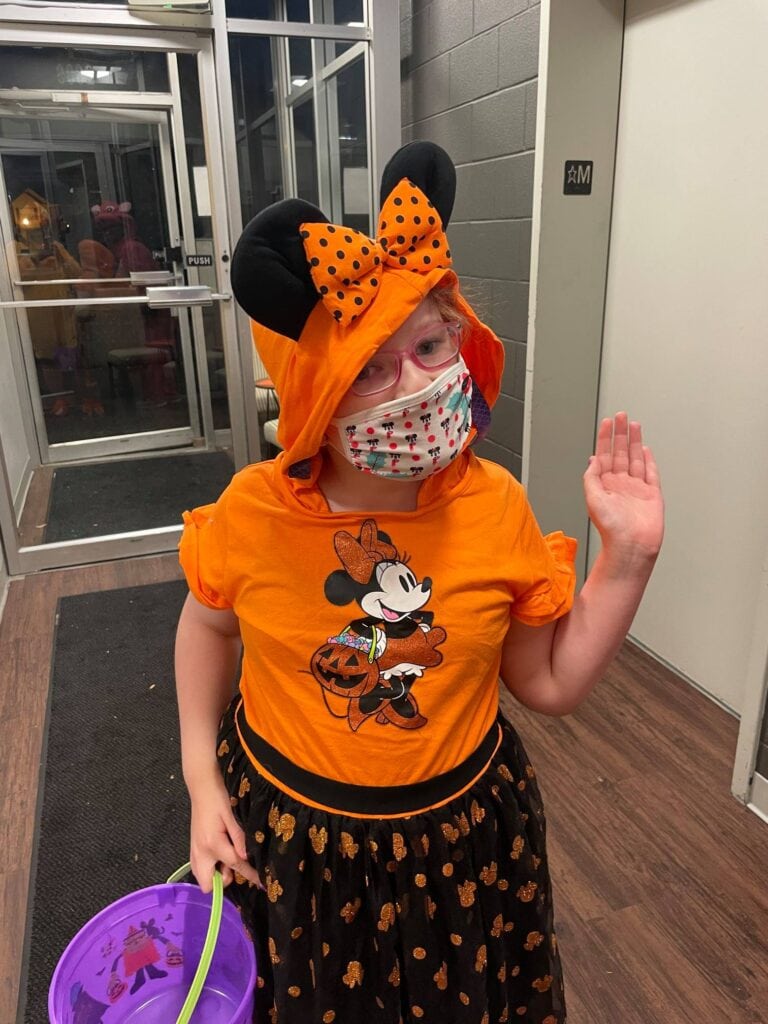
Use patience when teaching dressing skills
Try waiting your kiddo out to see how long it takes for them to start trying to dress themselves. Some days this may be hard and it is easier for you to do it for them, and that’s ok! You can try this on weekends or evenings which may be easier if you don’t have anywhere to go. Some kids have trouble processing certain tasks and waiting them out allows them time to understand what you are asking them to do. Waiting until they try can also help them ask for help when they really need it instead of having the adult do it for them.
Motor skills for self dressing – external and internal rotation
These are shoulder movements that help with dressing tasks. You can help your kiddo perform dressing tasks by moving their shoulders into position to help them grab the back of their shirt, top of their head, or the back of their pants.
External rotation involves movements that reach above their head, between their shoulder blades, or sometimes pushing arm through sleeve with arms out to the side.
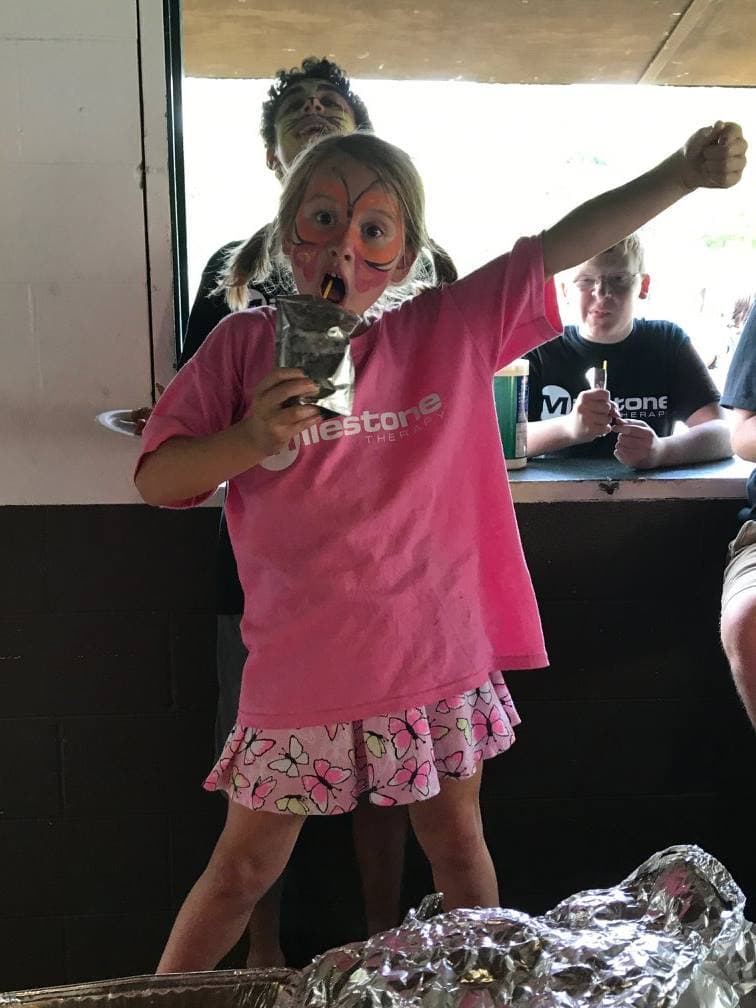
Internal rotation involves pulling up pants in the back or adjusting the back of their shirt
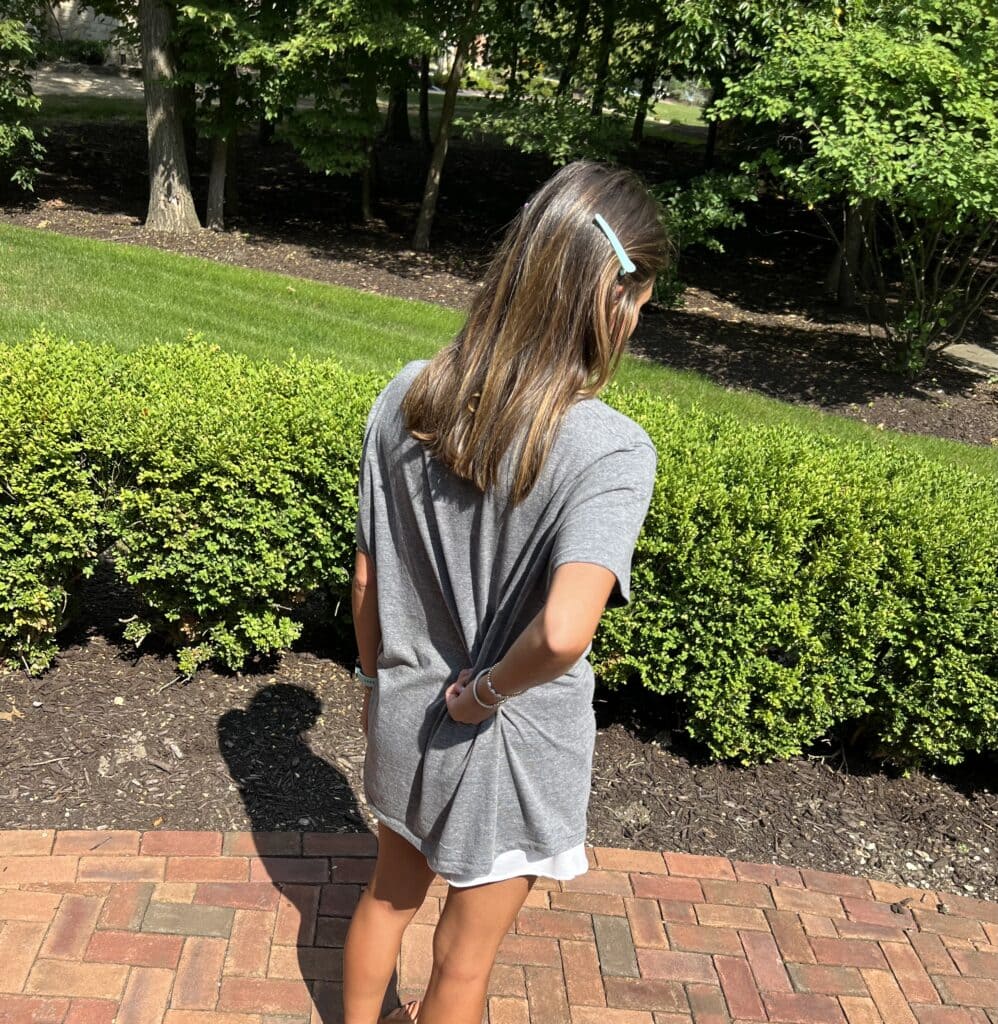
Have your child help with different parts of the sock when getting dressed
You can start with the pinkie toe with socks/ count all the toes. This helps kids make sure they have all the toes inside the sock instead of one sticking out. Have them pull the sock over the toes and you do the heel or you can do the toes and they can do the heel. You can point out the difference between the heel or toe fabric/ color and the sock before adjusting so your kiddo can learn!
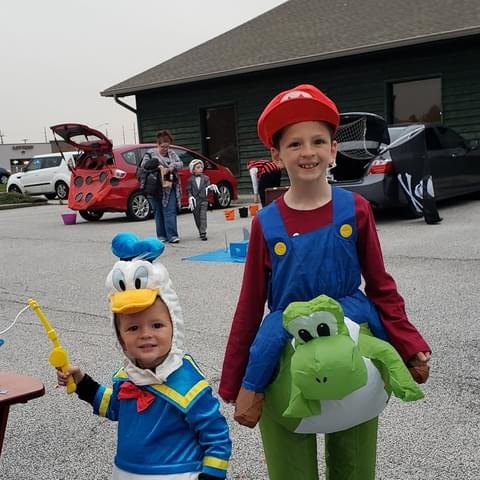
Explore non-preferred shoes or clothes instead of getting dressed
Gradual exposure and changing the perspective on a toy can help your little one get used to it in a non-threatening way. You can take the clothing and dress a doll or a stuffed animal. You can try putting a preferred toy (like their favorite toy car or dress up bracelet) in and out of a shoe. Help your kiddo pet the clothes for tactile exposure.
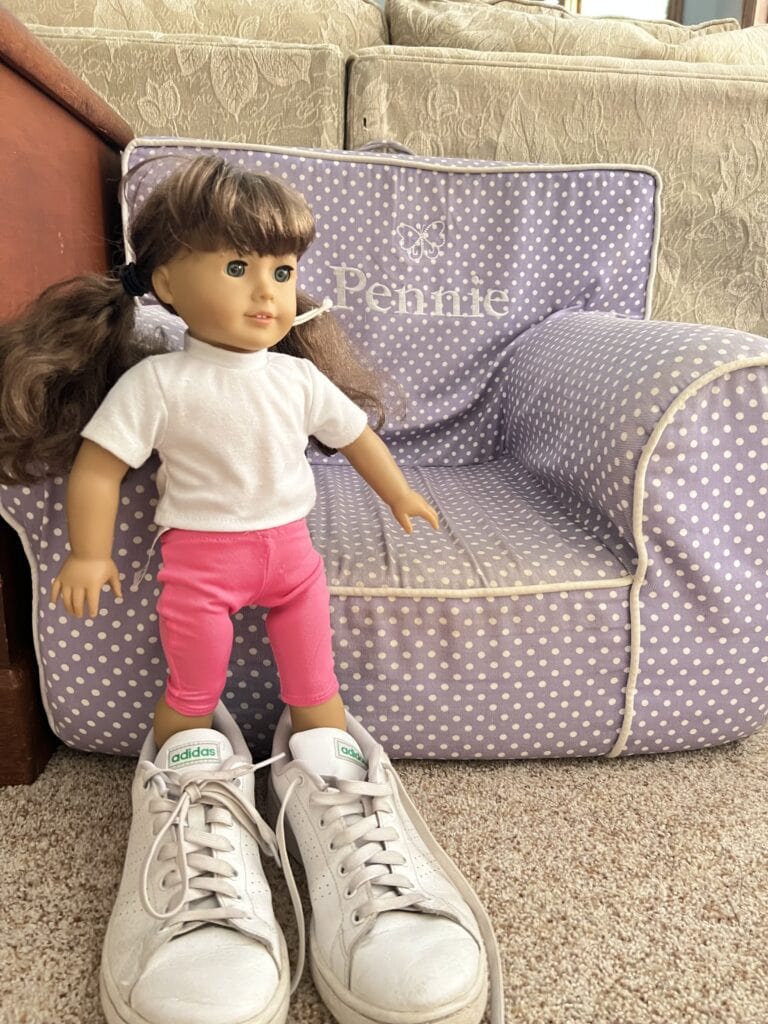
Changing the position of where they grab their shirt when getting dressed
Most kids start holding their hands over their heads and the grown-ups pull the shirt over their head. Try shifting their hands to the back of the collar on the shirt or at the front. This can help transition your kiddo to complete dressing independently! This may depend on who they are observing completing dressing at home, how the grown-ups are doing it, and their body structure. There are also different ways to take off a shirt, so you can choose which way you would like to show your kiddo how to do it themselves. You can try crossing hands in front, at the bottom of the shirt, and then raising the shirt over head (typically more females). You can also try pulling at the back of the collar. (typically males)
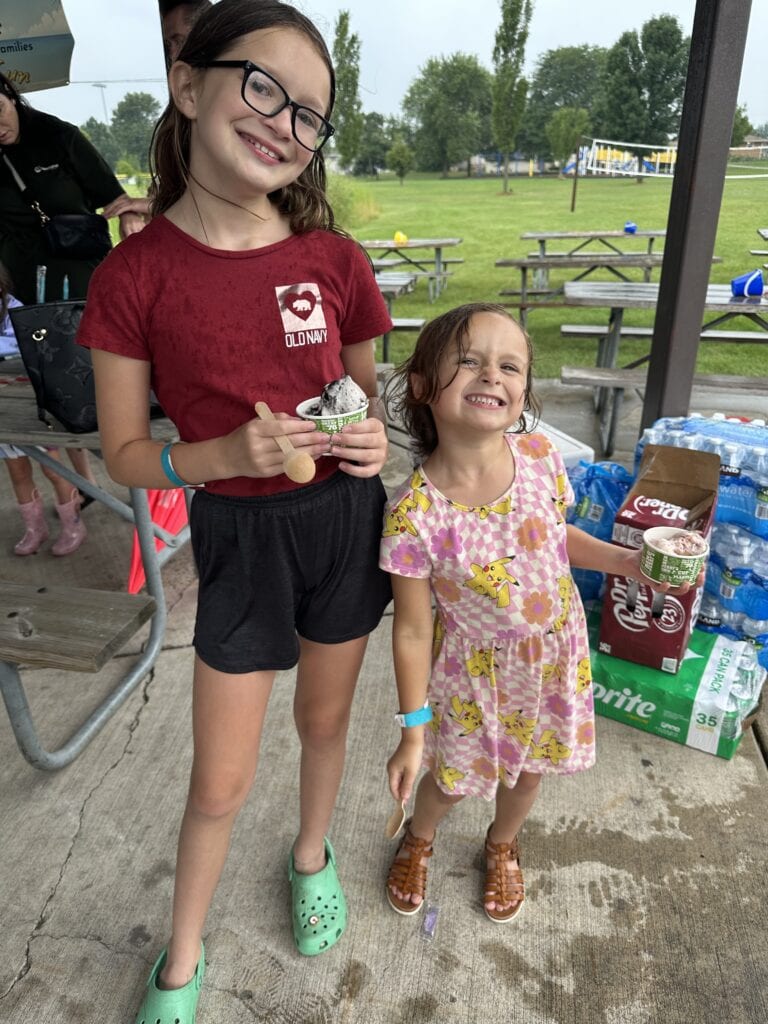
Bunching shirt at the back helps preschoolers dress themselves
This is rolling or gathering the material from the hem to the collar. Some kids have trouble with this because their hands are too small to hold all of the fabric or they have not developed the small (intrinsic) muscles of their hands. You can do it for them or help them with it. Bunching helps develop the intrinsic hand movements and getting shirts over hairstyles or glasses. Bunching also will decrease the time the shirt is over your kiddos eyes, so this will help your kiddo if they don’t like putting a shirt over their eyes. When bunched there is less fabric that your child needs to pull over their head, so this can make it easier for them.
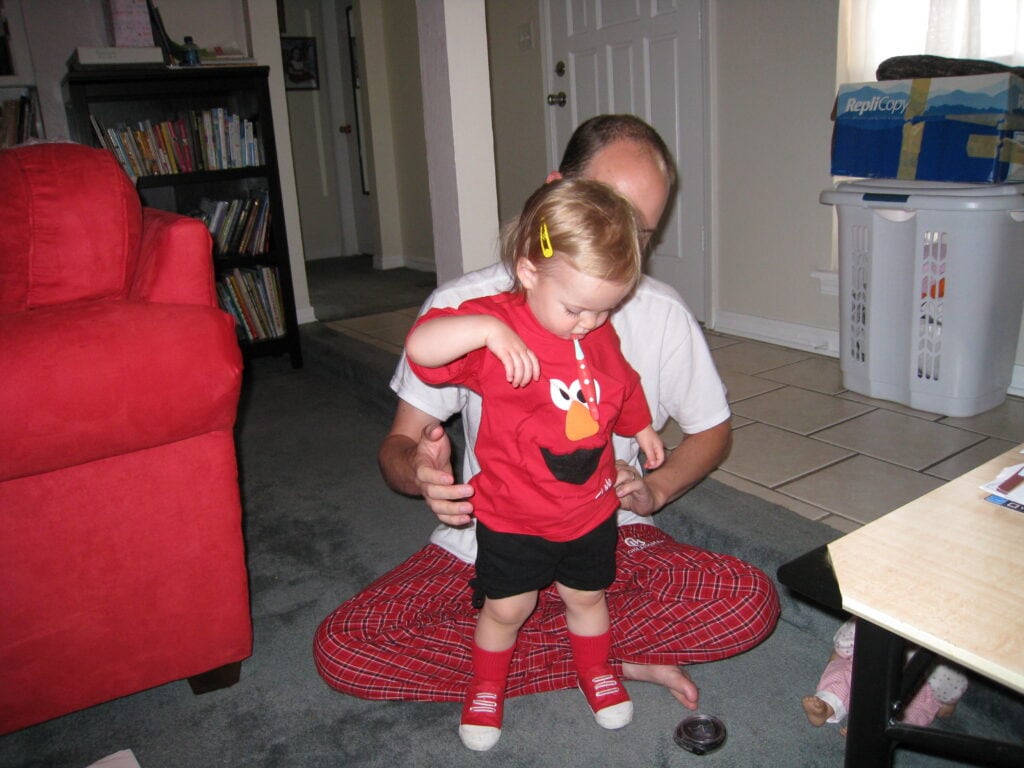
Explain what you are doing with self-dressing demonstration
Talking it through step-by-step can help them see the process and reasoning behind it, or how to problem solve.
- “I need to use my other hand to pull the sleeve”
- “I need to make sure my pants go over my underwear”
- “My sweater got caught on my glasses, I should have taken them off before I started or made the hole bigger so they didn’t get caught
Use visuals to teach kids to dressing skills
Sometimes kids have a hard time understanding and processing things if there are extra words. Visuals can help them use the clothes themselves. You can try holding them up or pointing to the clothes as visuals. You can also use pictures of the clothes.
Have them do as much as they can to dress themselves
Have kids do as much as they can before you offer to help them or have them ask for help. Then depending on how much they can do, you can help them just a little to see if they can finish by themselves. You can help them by holding their sleeve (but don’t pull it off!) so they can pull their arm free. You can also help bunch their pants around their ankles to free their feet, but have your kiddo pull the rest of the fabric up themselves.
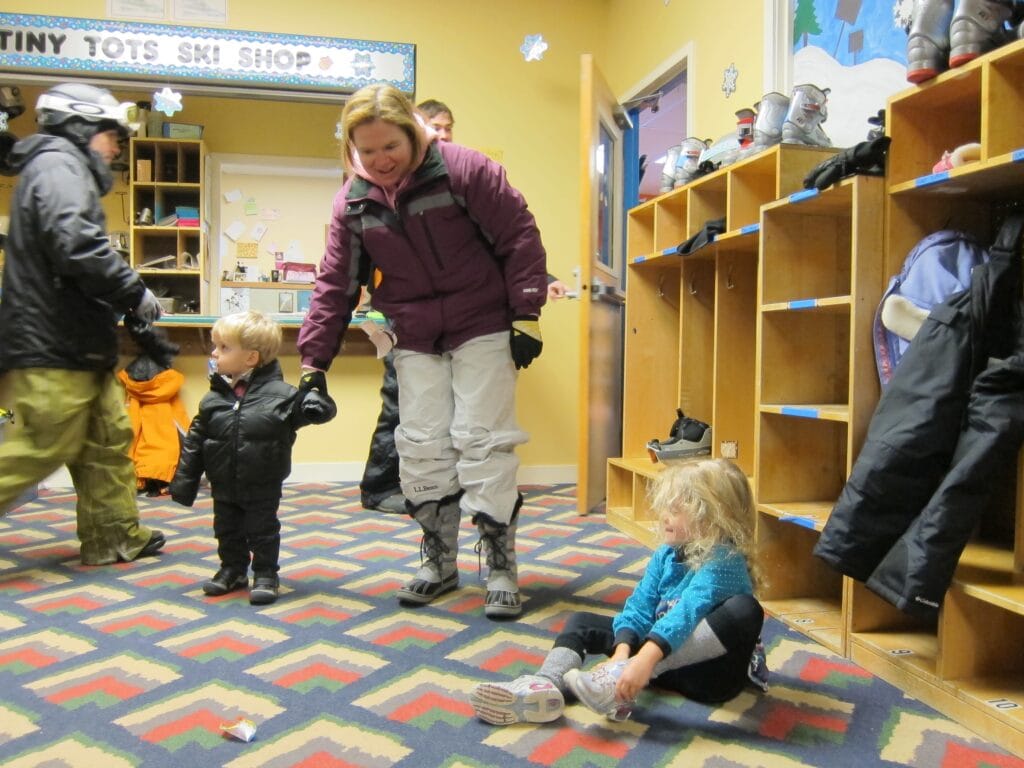
Bonus- Exuberance! Praise your child for learning to dress themselves
Celebrating little accomplishments and behaviors encourages kids to continue with those behaviors, especially if it is something specific. Thanking them also shows appreciation.
- “Thanks for helping me put your socks on, you did a good job!”
- “Yay! You got the pants over your bottom!”
- “I like how you grabbed your other sleeve with your hand!”
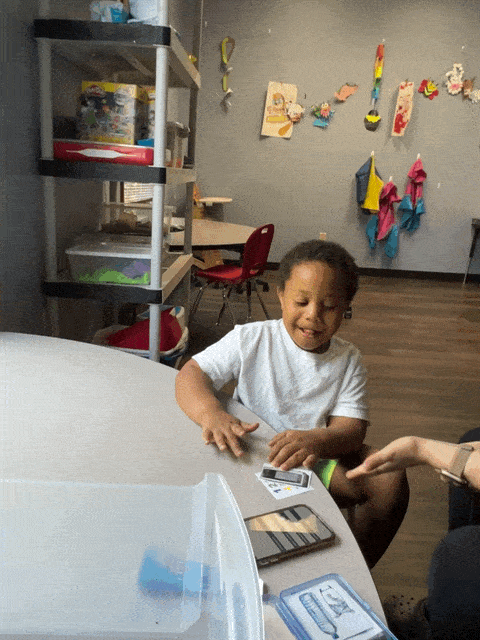
If you haven’t tried these tricks yet, give them a shot! These tips can help make dressing easier (and hopefully more fun!) for your kiddo so they can become more independent. If you would like extra support to help your child with dressing, that’s what we’re here for! Request an appointment today. You focus on being the awesome parent you are while we get creative to help make learning fun.
Looking for more content like this? Check out our blog and our resource page to find even more helpful posts and local resources.
